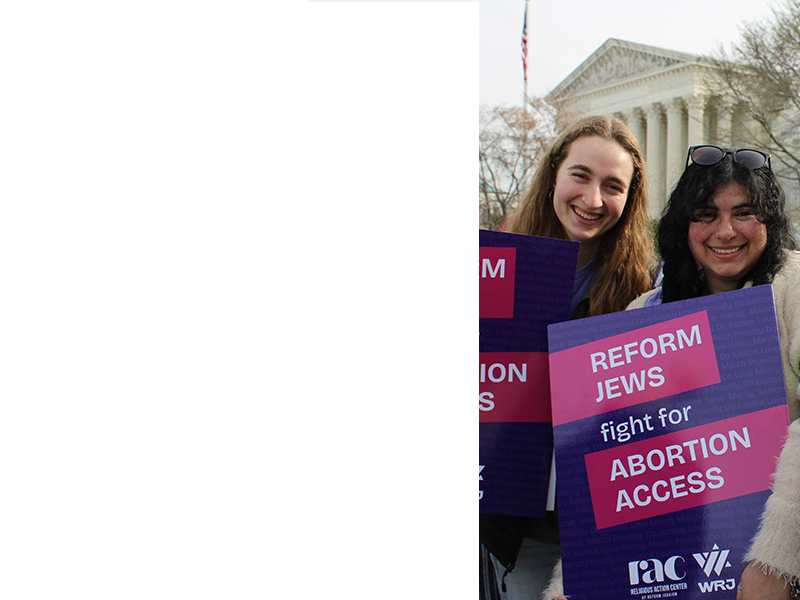1. What is Medicaid?
Medicaid was originally enacted in 1965 to provide health coverage for certain groups of people who could not access health care as a result of poverty and other exceptional conditions. Up until 2014 when the ACA comes into full effect, you can only qualify for Medicaid if you are impoverished AND fall into one of several categories: pregnant, with children, disabled, etc. If you are ONLY impoverished, you cannot access Medicaid. It is an optional program set up by each state and other qualifying jurisdictions, like the District of Columbia, with a generous federal match based on a number of factors. Under the pre-ACA Medicaid program, some states could receive matches approaching 3:1, meaning for every dollar the state spends the federal government will spend 3 on the program. Medicaid has seven categories of mandated coverage (services that each state must cover) and a host of optional categories that each state could but does not have to cover.
2. What changed Under the Affordable Care Act (ACA)?
The Affordable Care Act (ACA) was designed to expand healthcare coverage to the widest range of individuals as possible; it accomplished this in two primary ways. For people who can afford to purchase insurance, each state and the federal government will set up health insurance exchanges. Anyone over 138% of the poverty line will have to buy coverage in the exchanges. If your household income falls between 100% and 400% of the poverty line, you will receive a subsidy. However, the lowest income individuals have no viable access to the exchanges and still need to be covered. Therefore, the ACA expanded the existing Medicaid program to cover individuals up to 138% of the poverty line. The ACA put the new Medicaid requirements as an 8th required category, which meant every state would have to expand their Medicaid programs or else lose all federal funding.
For people in this new (8th) category, the federal government would provide 100% of the funding for the first three years and then slowly reduce the funding percentage to 90% in 2020, which means that at the most the states will only have to cover 10% of the healthcare costs of this category of Medicaid recipients.
3. What happened with the Supreme Court Ruling?
As part of their June 2011 decision on the constitutionality of the ACA, the Supreme Court ruled the Medicaid expansion amounted to a "gun to the head of states" and was, therefore, unconstitutional. This has created a complicated dichotomy where the Medicaid expansion is still listed in statute as "required" but is functionally "optional," because the federal government cannot revoke funding from a state's entire Mediciad program for not implementing it.
4. What about a partial expansion of Medicaid?
One big question in the wake of the Supreme Court Ruling was whether states could take advantage of the removal of the enforcement mechanism to partially implement the expansion, for example by only allowing people up to 100% of the poverty line to join Medicaid. However, the Department of Health and Human Services issued regulations, which preclude states from receiving any federal funding if they only implement a partial expansion. This means that states are now only left with the binary choice of fully implementing the expansion or not implementing any expansion.
5. What happens if states do not implement the expansion?
The ACA was designed to expand coverage to as many Americans as possible through a wide array of tools which each are intended to help provide coverage for specific income groups. The drafters did not anticipate that one section of the law would not be implemented and others would be. As such the absence of Medicaid expansion would leave a large swath of the population without access to coverage. Further, if a handful of states refuse to implement the expansion, the people in those states will be getting significantly worse healthcare than their counterparts in other states, even if their incomes and family situations are identical. Therefore, it is of the upmost importance that all states and jurisdictions implement the expansion.
6. Which states have decided to implement the expansion?
At this time, several states have declared their intentions to implement the expansions and others have declared the opposite. Still others have not made a definitive/public decision.
As of this writing here is the breakdown of where states stand on implementation: If a state is not listed, it means the respective government officials have not made a formal announcement of their state
Undecided or Uncommitted (11 States)
Alaska
Indiana
Kansas
Kentucky
Nebraska
New York
Tennessee
Utah
Virginia
West Virginia
Wyoming
Implementing (25 states and DC):
Arizona
Arkansas
California
Colorado
Connecticut
Delaware
Washington D.C.
Florida (Pending Legislative Support)
Hawaii
Illinois
Maryland
Massachusetts
Michigan
Minnesota
Missouri
Montana
Nevada
New Jersey
New Hampshire
New Mexico
North Dakota
Ohio
Oregon
Rhode Island
Vermont
Washington
Not Implementing (14):
Alabama
Georgia
Idaho
Iowa
Louisiana
Maine
Mississippi
North Carolina
Oklahoma
Pennsylvania
South Carolina
South Dakota
Texas
Wisconsin

